Faces of the Military -World War I
a Postcard History quiz

Postcard History welcomes all you super-sleuths to a new series of Postcard History quizzes. There will be five in the series. They will appear on the first Monday of each month from today until May 3, 2021.
This new series of quizzes will be challengers. In this first quiz, to answer the questions you may have to research the personality, his career endeavors, or his relative place in history. You must match the persons “faux autobiography” to the person’s postcard picture.
The cards are Numbered. The statements are Lettered. Use the Answer Box to submit your answers. You must use the Answer Box; no entries will be considered if submitted through the comments section.
All fields in the Answer Box are required. When each Number has a corresponding Letter, click the SEND button. Good luck.
Match the five faces of World War I with the five statements below.
1. Hermann von Eichhorn
2. Henry Horne
3. August von Mackensen
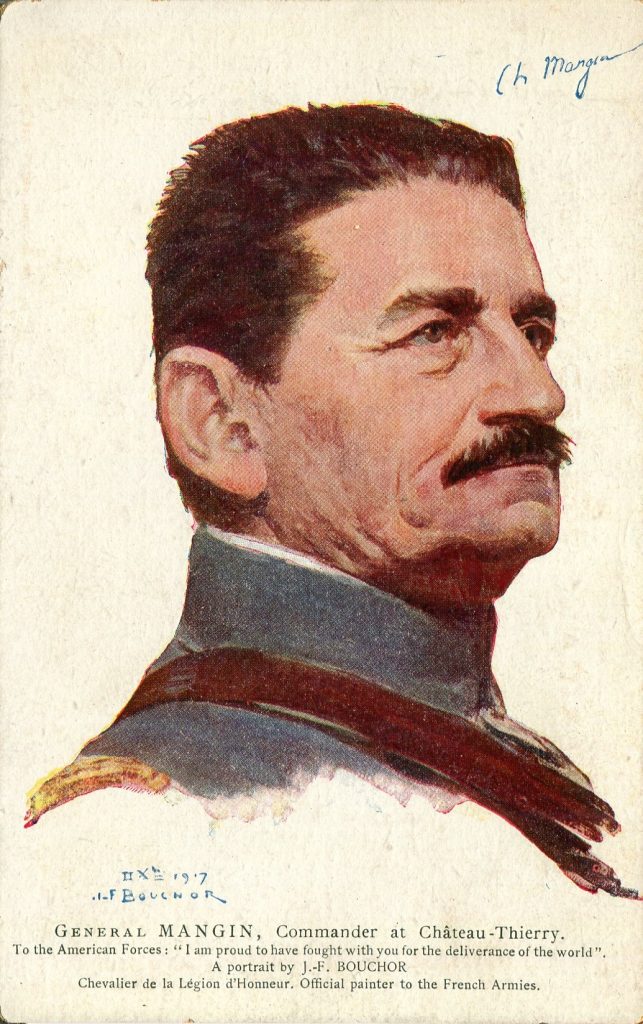
4. Charles Mangin
5. John J. Pershing
The five statements to match the cards above are
 When I died, I was not wearing the boots they named after me. I had been retired for more than twenty years but they buried me on a hill, then named the hill after me. My picture appeared on a magazine cover when I retired and on my 100th birthday my picture was on a stamp.
When I died, I was not wearing the boots they named after me. I had been retired for more than twenty years but they buried me on a hill, then named the hill after me. My picture appeared on a magazine cover when I retired and on my 100th birthday my picture was on a stamp.
I joined the army in 1882. I devoted most of my life to the military, especially after the summer of 1915 when I lost my wife and my three young daughters in a house fire. I worked hard and in just twenty-four years I earned my first general promotion as a brigadier in 1906.
It seemed like everything I did from May 1917 to September 1919 was reported in the newspapers, including the fact that I was very sick with the Spanish influenza in 1918.
 I was born on my family’s estate in 1861; it was called Stirkoke. I died there, too. And for good measure my daughter decided to bury me in the family plot. The thing is, I managed to travel to many foreign and exotic places while I served 43 years in the Army. I was a decorated artillery officer, but that didn’t hamper my command qualifications. I was the only general to command an entire army during World War I.
I was born on my family’s estate in 1861; it was called Stirkoke. I died there, too. And for good measure my daughter decided to bury me in the family plot. The thing is, I managed to travel to many foreign and exotic places while I served 43 years in the Army. I was a decorated artillery officer, but that didn’t hamper my command qualifications. I was the only general to command an entire army during World War I.
I did some important things during my service. I worked with Lord Kitchener in defense of the Dardanelles so those at Gallipoli could be evacuated, and for a short time I was responsible for the defenses at the Suez Canal.
You may not know, but I was allocated a title. In my country at the time, that was an important distinction. I was not a Peer of the Realm but claimed the title for the family. Someone said that I told my men that all that was “pish-posh,” and they believed me. It really didn’t matter but as the births in my family happened all my children and grandchildren were daughters, so my title went defunct.
 Ivy grows at the base of my gravestone in Berlin. The ivy doesn’t care how many awards I received; neither do the people I governed. I was born in 1848, my family was part of a class society that expected their sons to join the military. When the Franco-Prussian war started in 1870 I was old enough to fight and I did. For forty years I served in the military. My career was already decades in the making when the Great War began in 1914. I would have been there, but I was recuperating from in injury that I sustained while riding a horse.
Ivy grows at the base of my gravestone in Berlin. The ivy doesn’t care how many awards I received; neither do the people I governed. I was born in 1848, my family was part of a class society that expected their sons to join the military. When the Franco-Prussian war started in 1870 I was old enough to fight and I did. For forty years I served in the military. My career was already decades in the making when the Great War began in 1914. I would have been there, but I was recuperating from in injury that I sustained while riding a horse.
I hated the Bolsheviks but their revolution ended the serious fighting on the eastern front. The political climate made it possible for me to advance to the most important appointment of my career. I was to command the occupation forces in western Russia and the Ukraine. I was at times ruthless in performance of my duty, but after I dissolved the parliament, it seemed that I was even more unpopular. In July one of the Bolshevik rebels murdered me.
Mine was a life of privilege, my career was one to be admired, but historians have never forgotten that I was the highest ranking officer killed during World War I.
 I was born in 1849. My father was an administrator of several agricultural projects and he wanted me to follow him in his profession, but I was fascinated with the military life. In my youth I read everything I could find about military history. The American Civil War was in progress when I was a teen, and I studied the lives of many famous generals, including Grant, Lee, Jackson, and my favorite George Meade.
I was born in 1849. My father was an administrator of several agricultural projects and he wanted me to follow him in his profession, but I was fascinated with the military life. In my youth I read everything I could find about military history. The American Civil War was in progress when I was a teen, and I studied the lives of many famous generals, including Grant, Lee, Jackson, and my favorite George Meade.
During the World Wars – yes, I lived through both of them – it was my privilege to be the most senior officer alive. When the first war began, I was 65. As a reluctant servant to my country, I managed two significant campaigns in eastern Europe. I wore the uniform of my youth, and I was the brunt of many jokes, but when I was consulted I always had a successful plan.
When I died my name was on a list of war criminals, but my wars were different than most. I was the perfect example of how history is written by the victors. They buried me in my neighborhood cemetery – there was no pomp. There was only circumstance.
 I was born in 1866 and joined the army when I was 20 years old. There is an expression of getting a Baptism of Fire – that is what happened to me. In the first six of my military years, I was assigned to posts in North Africa and was wounded three times.
I was born in 1866 and joined the army when I was 20 years old. There is an expression of getting a Baptism of Fire – that is what happened to me. In the first six of my military years, I was assigned to posts in North Africa and was wounded three times.
During the Great War everyone called me “The Butcher.” I got that nickname because of my military philosophy that if you meant to fight, you fought with your entire spirit. It made no difference what they called me someone liked what I was doing. I was there at the battles of Verdun and Aisne, also at the second battle of the Marne and at Ailette. I was the only general to command the troops of three different nations, including the Tirailleurs from North Africa.
After the war I was appointed as an occupation commander. I was often criticized for my administrative decisions, but I fulfilled my appointment.
In March 1925, I fell sick at my home. The doctors thought I had appendicitis, but later it was suggested that I was poisoned. I was 58.
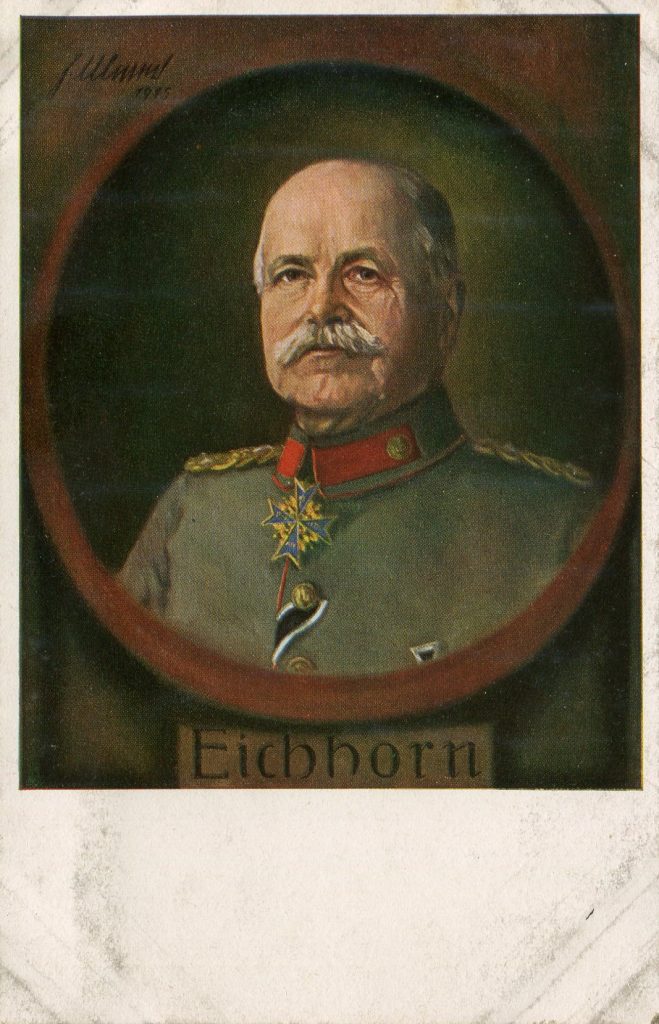
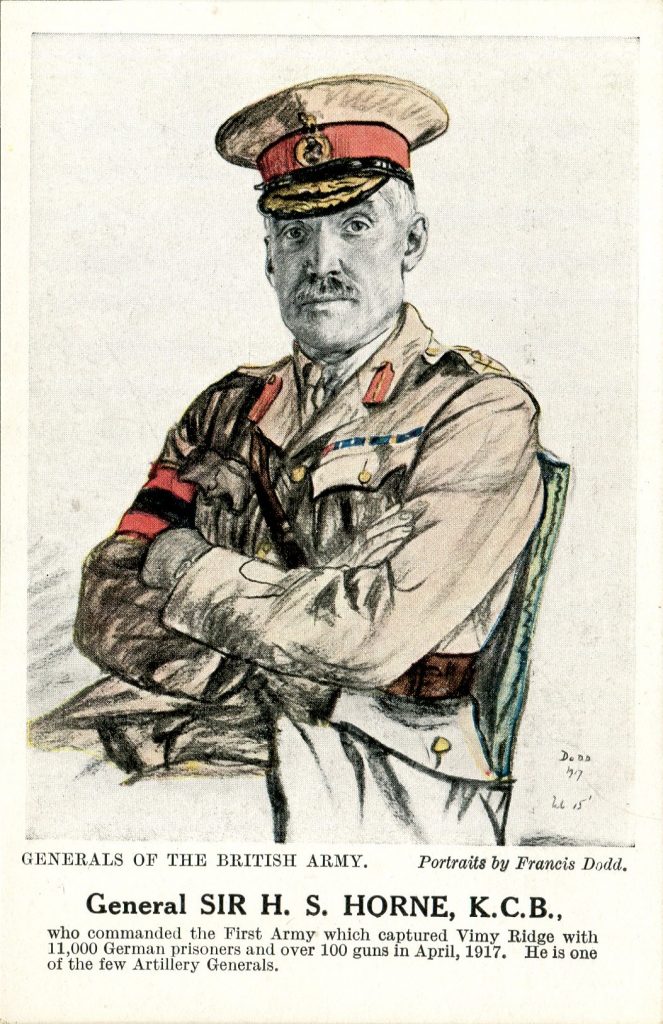
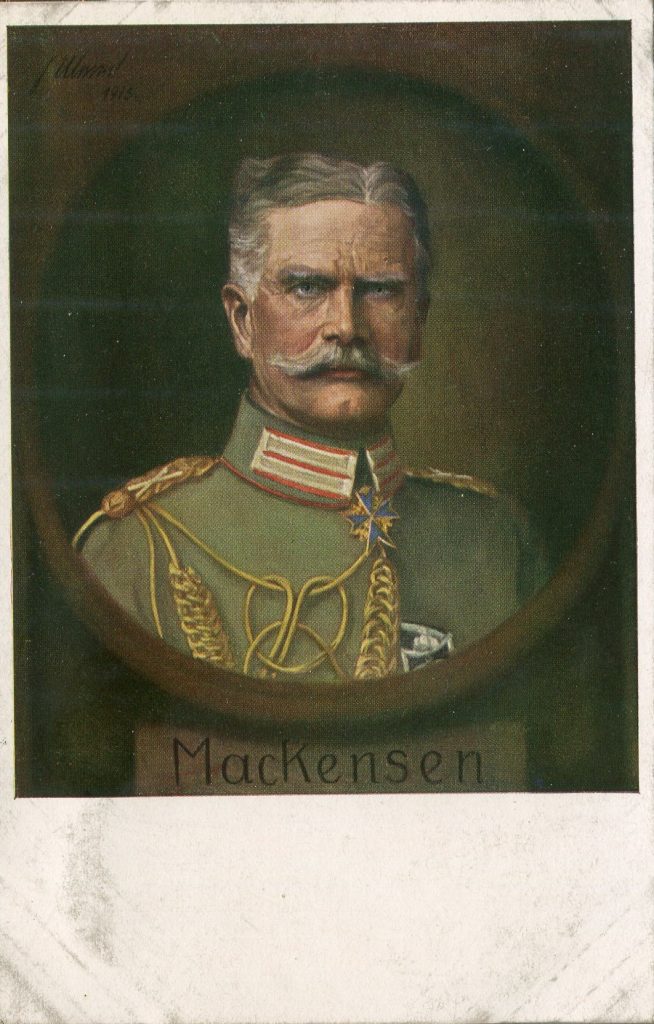
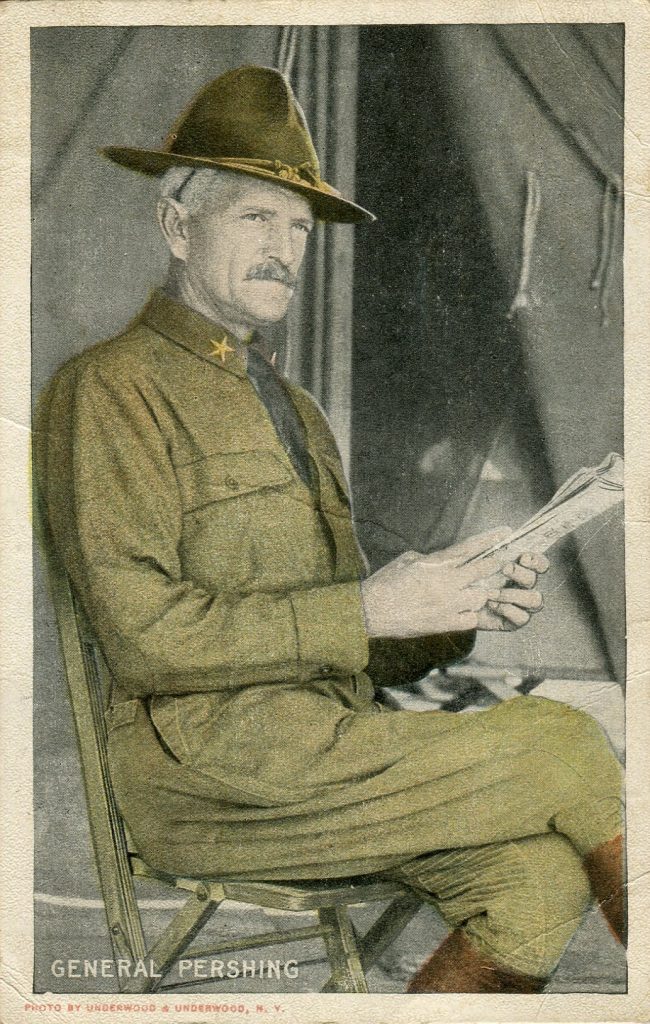
Wikipedia to the rescue!
Lots of fun… Learned some interesting things about these military men.